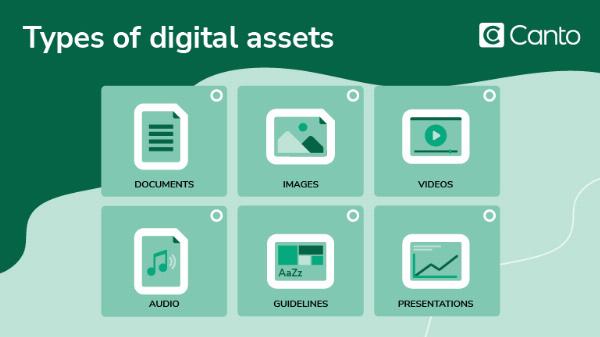Guide on Project Management Software

Effective project management is crucial for the success of any organization. Whether you're managing a small team or a large enterprise, having a clear plan and the right tools can make all the difference. This guide will walk you through the essentials of project management, from planning to execution, and highlight some of the best tools available to help you manage your projects effectively.
Project management is the process of leading a team to achieve specific goals within a set timeframe. It involves planning, organizing, executing, and closing projects to meet the desired outcomes. The key components of project management include defining the project's objectives and deliverables, creating a timeline and schedule for project tasks, budgeting and managing project expenses, ensuring the project's outcomes meet the required standards, allocating and managing resources including team members, tools, and materials, facilitating effective communication among stakeholders, and identifying and mitigating potential risks.
The project management process can be divided into several phases. The initiation phase involves defining the project at a high level and obtaining approval to proceed. Key activities include creating a project charter, identifying stakeholders, and setting initial goals and objectives. Detailed planning is crucial for project success. This phase involves creating a comprehensive project plan that outlines tasks, timelines, resources, and budgets. Key documents include the project scope statement, work breakdown structure (WBS), Gantt charts, and risk management plans. During the execution phase, the project plan is put into action. Project managers coordinate tasks, manage teams, and ensure that project activities are progressing as planned. Effective communication and collaboration are essential to keep the project on track. The monitoring and controlling phase involves tracking the project's progress and making necessary adjustments to ensure it stays on course. Key activities include performance measurement, quality control, risk management, and change management. Once the project objectives are met, the project is formally closed. This phase involves finalizing all activities, completing deliverables, obtaining stakeholder approval, and conducting a post-project review to identify lessons learned and best practices.
There are several project management methodologies, each with its own approach and benefits. The Waterfall methodology is a linear, sequential approach where each phase must be completed before moving on to the next. This method is best suited for projects with well-defined requirements. The Agile methodology is an iterative approach that emphasizes flexibility and customer collaboration. It is ideal for projects where requirements may evolve over time. Scrum, a subset of Agile, focuses on short, time-boxed iterations called sprints. It involves roles like Scrum Master and Product Owner to facilitate the process. Kanban is a visual approach that uses a Kanban board to manage tasks and workflow. It helps teams visualize progress and identify bottlenecks. Lean methodology focuses on maximizing value by eliminating waste and optimizing processes.
Effective project management requires the right tools to help plan, execute, and monitor projects. Some of the best project management tools available include Trello, which offers a visual approach to task management with boards, lists, and cards; Asana, known for its user-friendly interface and robust features for task management and team collaboration; Microsoft Project, a comprehensive tool that offers advanced scheduling, resource management, and reporting features; Jira, popular among software development teams for its Agile capabilities and issue-tracking features; and Monday.com, which provides a flexible and customizable platform for managing projects, tasks, and workflows.
In conclusion, mastering project management involves understanding the key components, following a structured process, choosing the right methodology, and utilizing effective tools. By doing so, you can ensure your projects are completed on time, within budget, and to the highest quality standards.
Project management software
Project management software
Project management software
Note: IndiBlogHub features both user-submitted and editorial content. We do not verify third-party contributions. Read our Disclaimer and Privacy Policyfor details.







